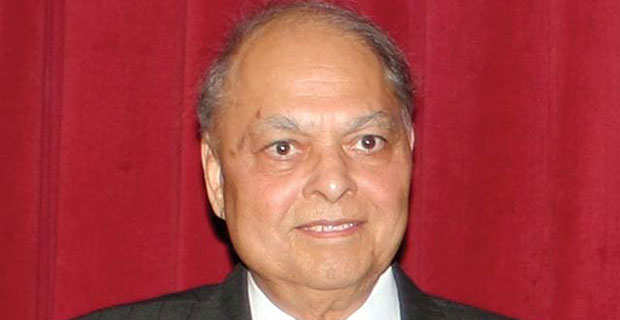INDIAN DIASPORA AND PM MODI
In the United States, some Indian Americans currently hold positions as CEOs of large multinational corporations such as Adobe Systems, PepsiCo, Microsoft, Master Card, and others to mention a few. Lakshmi Mittal and Hinduja brothers adorn the list of richest men in the United Kingdom. In the Middle East, most of the Indian immigrants are semi-skilled workers, but about a dozen Indians are found in the list of billionaires.
The Indian diaspora abroad has a history going back to hundreds of years. They went overseas as traders, plantation workers, laborers, students and professionals. Those who went as indentured workers or laborers went through very hard times but those who migrated as skilled, educated and professional workers, mostly settled with better opportunities and became part of the mainstream.
Over the years, the migrant Indians kept and maintained close ties with India and its tradition, and preserved their Indian-ness. Most of them continued to help their families in India. In the past decades their annual remittances to their homeland have exceeded $70 billion. India is one of the largest beneficiary of Diaspora in the world. We have to look back to the era of former and present prime Ministers of India to understand and evaluate the link between Diaspora and Government of India.
In 1947, India gained independence from the British and Jawaharlal Nehru became the Prime Minister of India. Whatever compulsions he had, he advised overseas Indians to identify themselves with the local population of the country of their settlement and seek no favor from India. Some Prime Ministers who succeeded Nehru continued to be guided by the Nehruvian strategy. Thus India had a limited engagement with the diaspora during the first forty years of India’s independence.











Comments.